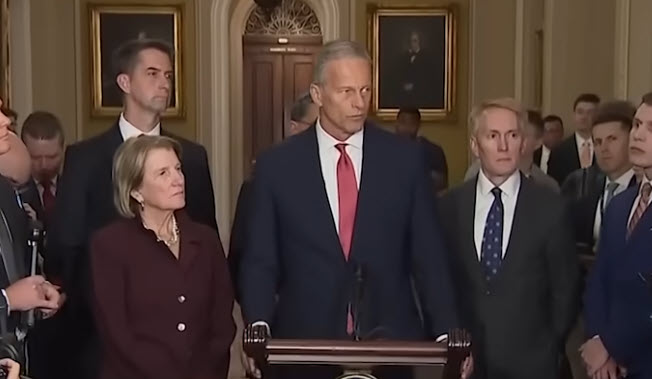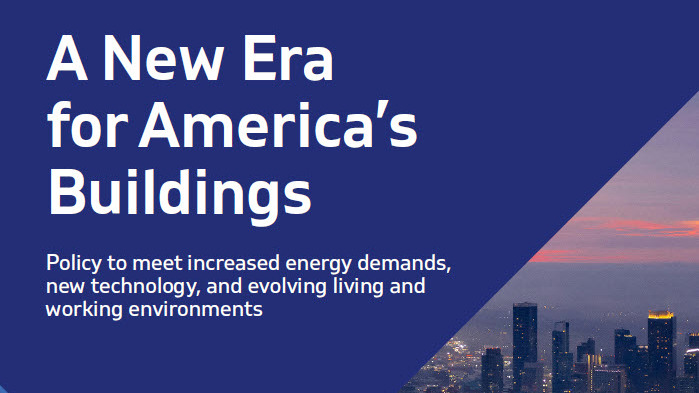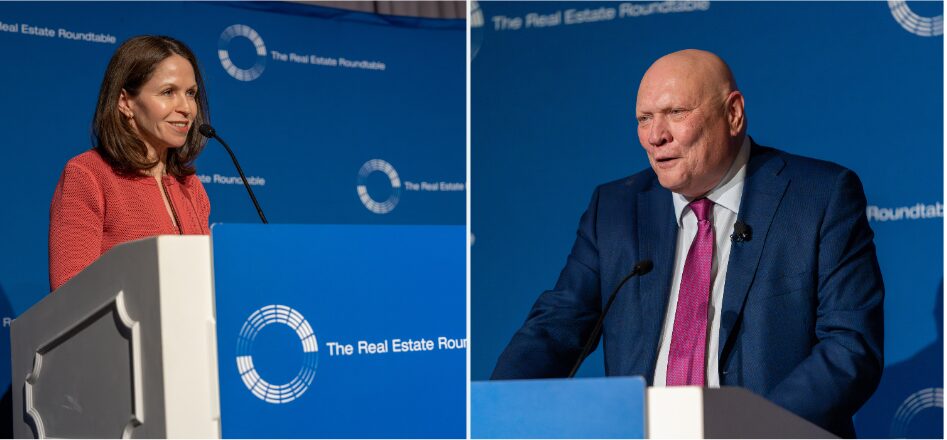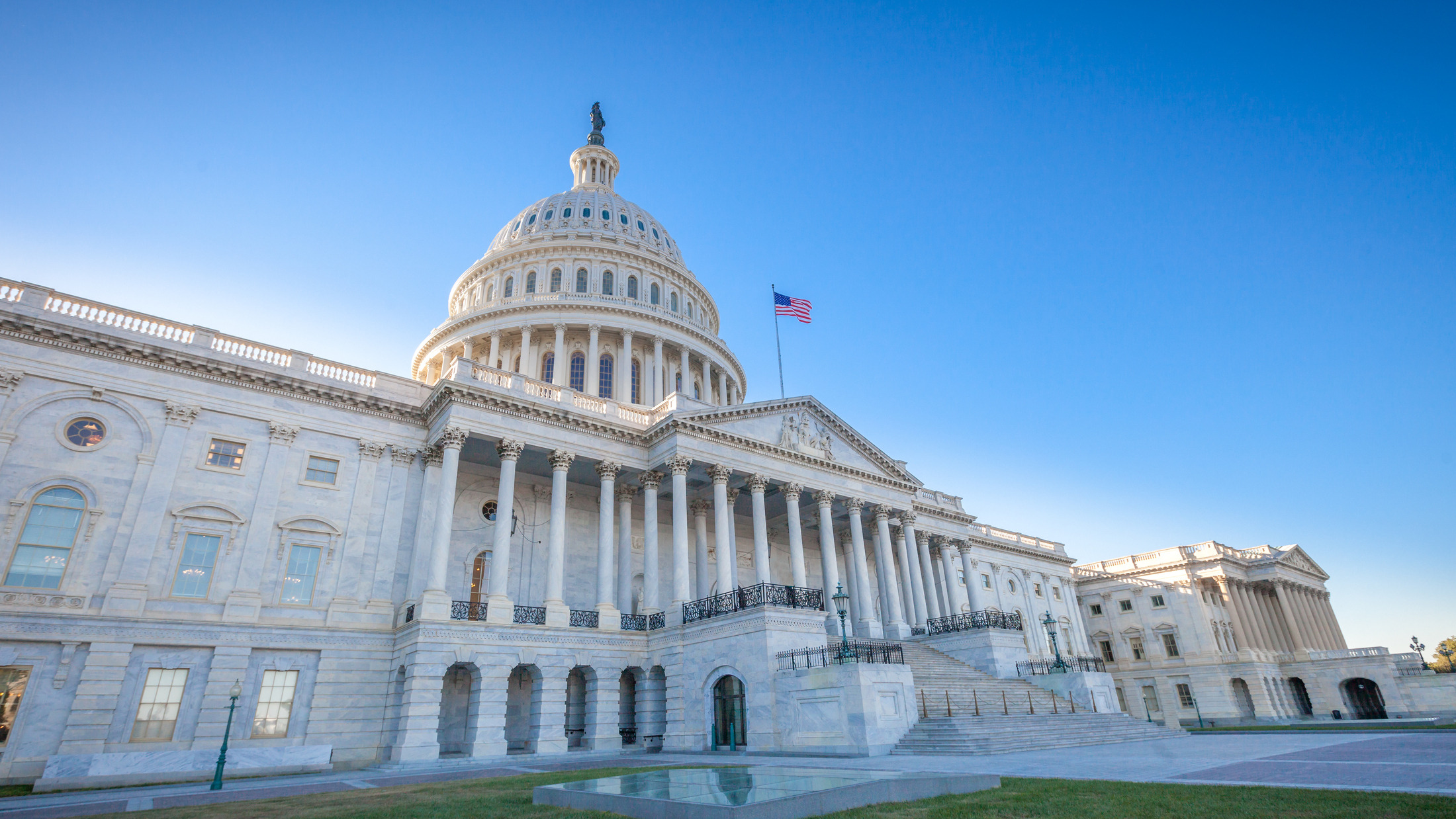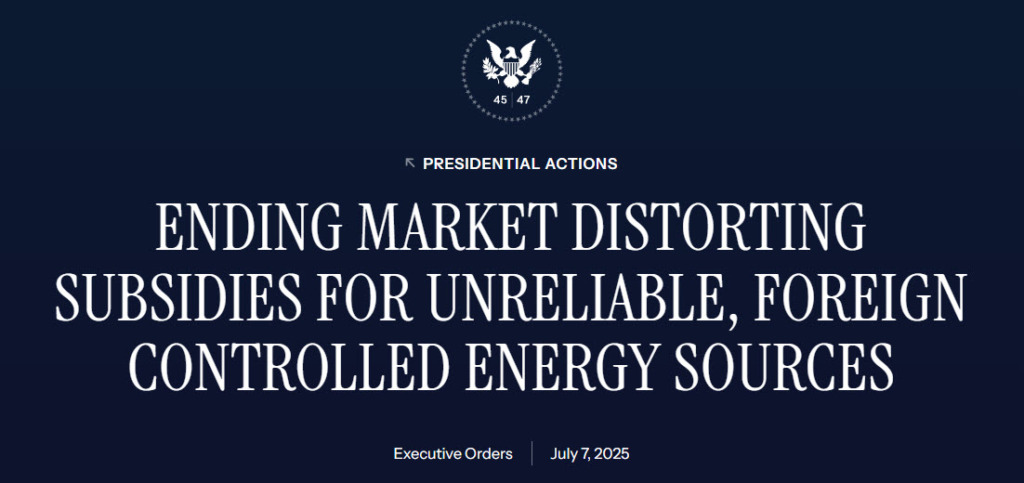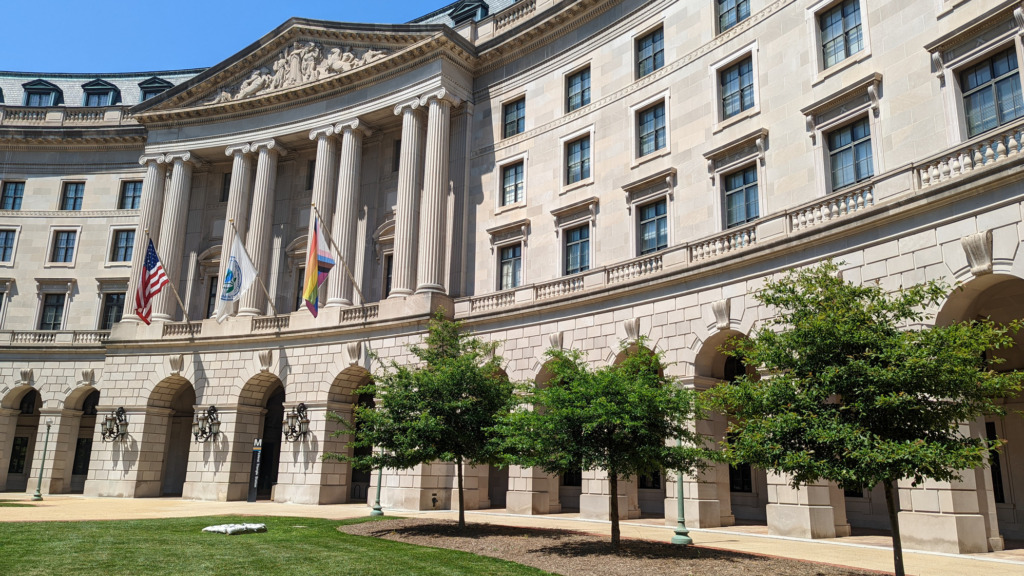
The Real Estate Roundtable (RER) wrote to congressional leadership this week, urging passage of the bipartisan SPEED Act (H.R.4776), calling the bill essential to strengthening grid reliability, lowering energy costs, and keeping pace with surging electricity demand. (Letter, Dec. 8)
Roundtable Advocacy
- The House is expected to vote next week on the SPEED Act, the centerpiece of a broader GOP push to overhaul NEPA reviews and ease longstanding permitting bottlenecks. (Letter, Dec. 8)
- In the letter, RER emphasized that the bill is critical to improving energy affordability, meeting surging electricity demand, and ensuring the grid can support U.S. families, job creators, and long-term economic competitiveness. The current patchwork of federal reviews delays the delivery of affordable, reliable power to homes and commercial buildings.
- RER noted the U.S. needs “as much electricity as possible, from as many sources as possible, delivered as quickly and cheaply as possible” to lead in artificial intelligence, re-shore manufacturing, and maintain global competitiveness.
- Duane Desiderio, RER Senior Vice President & Counsel, stated, “Reliable, affordable power is essential to the buildings that support our communities and economy. Modernizing permitting is critical to improving energy affordability, strengthening the grid, and reducing costly project delays. RER supports policies like the SPEED Act to build the infrastructure our country needs for long-term economic growth.”
- Excessive and redundant reviews under NEPA delay energy and housing projects, drive up costs, and stall critical grid upgrades. The bill would reduce duplicative reviews and frivolous lawsuits, harmonize categorical exclusions, and provide certainty for approved projects.
- Edison Electric Institute (EEI) and a coalition of energy and utility groups also urged Congress to advance the comprehensive permitting reform bill to accelerate infrastructure deployment and strengthen U.S. energy dominance. (Roundtable Weekly, Dec. 5)
State of Play

- House and Senate leaders were active this week, advancing and negotiating several permitting reform measures as momentum builds around the SPEED Act. (Axios, Dec. 11)
- This week, Majority Whip Tom Emmer (R-MN) convened industry leaders to discuss how streamlined permitting can support affordability, data center buildout, and rising power demand, as House leaders move a series of related bills forward.
- On Thursday, the House passed three GOP-led permitting bills to bolster grid reliability and accelerate energy project reviews, underscoring bipartisan interest in reducing regulatory delays amid rising power demand and affordability pressures. (PoliticoPro, Dec. 11)
- Natural Resources Chair Bruce Westerman (R-AR) is aiming for a strong bipartisan vote to build momentum for Senate action. (UtilityDive, Dec. 10)
- Senators Mike Lee (R-UT) and Martin Heinrich (D-NM) expressed optimism about ongoing bipartisan Senate negotiations with Environment and Public Works Chair Shelley Moore Capito (R-WV) and Ranking Member Sheldon Whitehouse (D-RI), noting that any deal should make it easier to permit transmission and other major energy infrastructure. (PoliticoPro. Dec. 10)
- The Trump administration has expressed support for congressional action on permitting reform, but has not taken a position on the SPEED ACT. (PoliticoPro, Dec. 8)
Permitting reform will be a featured topic at RER’s next all-member State of the Industry Meeting on Jan. 21–22, 2026, in Washington, D.C., as policymakers consider strategies to bolster energy infrastructure and support long-term economic growth.




